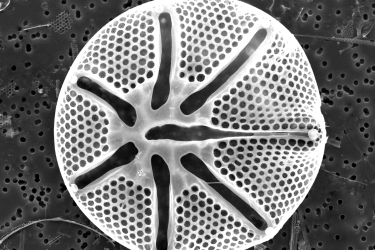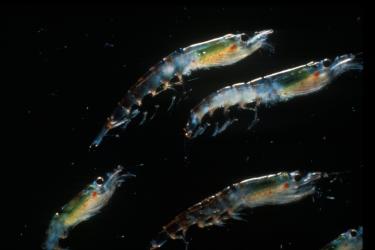When I was a child I used to romanticize the era of Jacques Cousteau. The thought of conducting research so effortlessly from a sail boat filled my head with lofty ideas. Now that I’m in the field of marine mammal acoustics, I realize that it takes a village to prepare for field work, and there are often months of planning for one week of data collection.
Our team at the Southwest Fisheries Acoustic Ecology Lab (SAEL) is currently gearing up for a week-long trip in Morro Bay. If you have been actively following our blog you might remember a similar trip from last June. Well, it is that time of the year again and we will be headed up to the central coast aiming to collect recordings from eight drifting recorders off of the coast of Big Sur. By collecting data from the same place but during a different time of year, we can begin to understand the seasonal presence of whales and dolphins in that area.
We are excited to be collaborating with our friends and colleagues at NOAA’s Office of National Marine Sanctuaries again. They will be working closely with us to collect complementary datasets using moored recorders. We are also working closely with NOAA’s Pacific Marine Environment Laboratory and the Monterey Bay Aquarium Research Institute. Students from San Francisco State, Cal Poly, and Middlebury Institute of International Studies have been invited onboard to give them hands-on experience with data collection. As you may have read in previous blogs, we believe in building relationships and sharing our science!
The SAEL team in La Jolla are working together to prepare arrays for the drifting buoys. Is all of the equipment in each tote box? Check! Did we charge batteries, and test our solar GPS units? Ping ping said the GPS to the computer! Check and check! Are the recorders working properly before we deploy them from the side of the boat? How long will they record for? Do we have enough data storage cards? Are there enough hard drives to backup the data? Is the most recent software for the recorders installed on a field laptop? Check, check, and double check!
Did I mention that we need to organize a boat and research permits? Did you know that there are dedicated NOAA research vessels available for us to use but we need to book their time in advance? We also need to factor in weather conditions? What happens if we get stuck ashore for a few days? Last are also required to have research permits in order to collect data in a sanctuary or near animals. Anne Simonis and Lindsey Peavey are both in charge of these big ticket items, as well as finding accommodation for the multiple people participating in this survey. No small task with such a big group of collaborators!
There is a lot that goes into getting on a boat and collecting data, but with all of the coordination and logistics, the field work is always well worth it. Soon enough we'll be on the R/V Shearwater deploying buoys and looking for whales, and finally I will get my Jacques Cousteau moment! Wish us luck, and more importantly a good weather window! Until next time.





